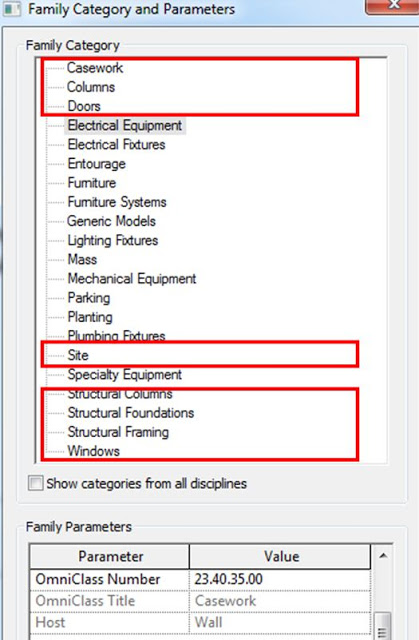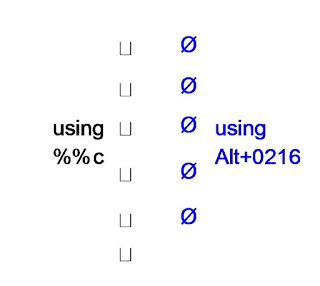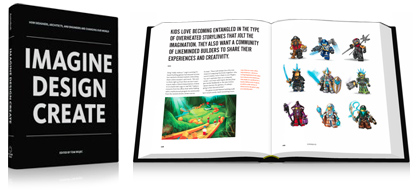There has been a lot of talk recently about real time rendering, about using game engines as visualization tools on BIM platforms, and generally about making an awesome 3D development environment that allows for instant and immersive presentation of the building model.
I don’t think that this environment exists quite yet – either the tools are too game oriented, or they are too building oriented. We don’t have one tool that just hits all of the sweet spots. But one day … one day I think we will.
Can you picture a day when work and play will be somewhat synonymous? When the software you are using to design a building will allow instant visualization? It will allow you to fully apply real environments, real weather, real materials – and see the effects in real time. Navigation will be intuitive, first person, and fast.
There are a few tools and technologies that are getting there. Below I have provided some links that talk about Unity 3D, Twinmotion and Showcase. To be brutally honest, I have Showcase installed but I balk at the prospect of learning and implementing another tool – I want it to BE Revit. Built in. Don’t increase the amount of software in my ecosystem – reduce it. Please.
I assume that the same goes for Revit, but passing by 3ds Max instead of Cinema4D.
http://archvirtual.com/2011/11/15/archicad-to-unity3d-and-more-about-revit-to-unity3d/
Various real time visuals:
http://insidethefactory.typepad.com/my_weblog/2011/11/realtime-rendering.html
Image from http://www.flashscope.com/blog/unity-3d-new-dimension-for-game-development/





